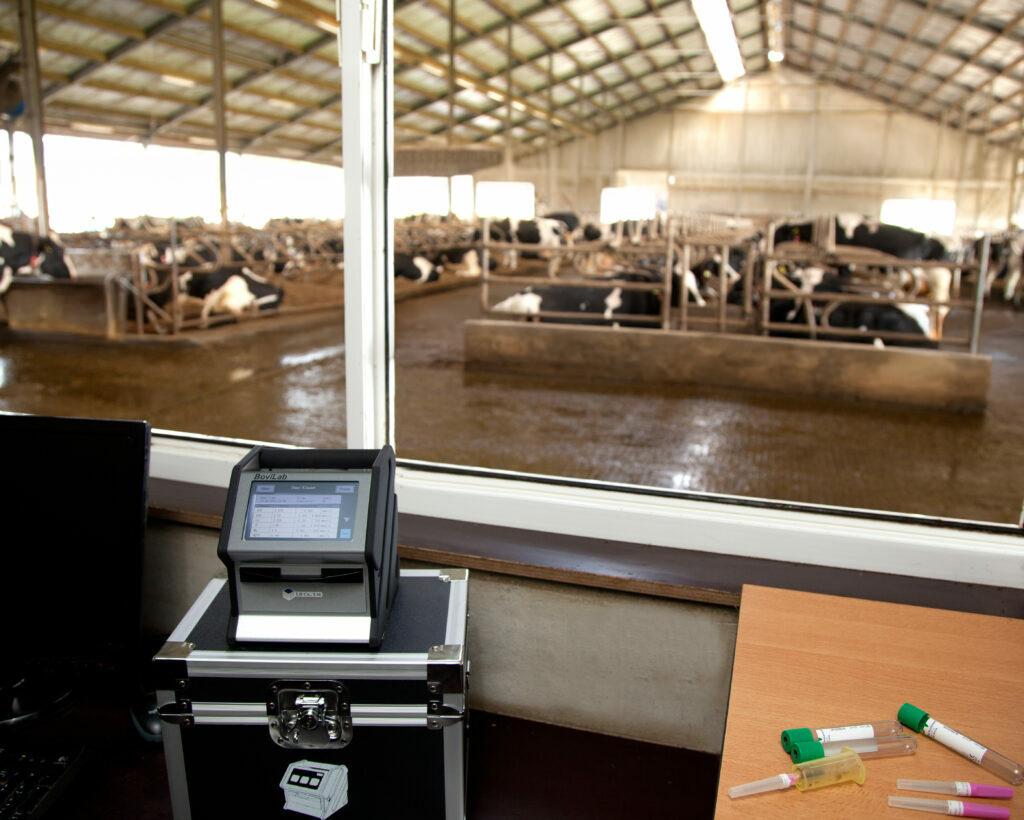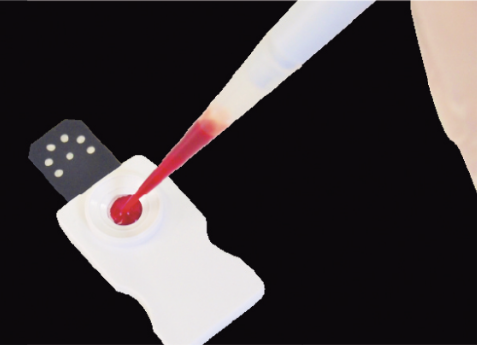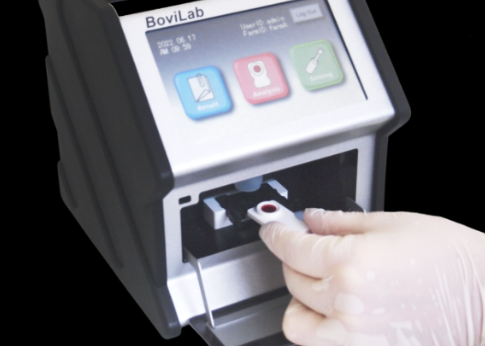Als dierenarts heeft de integratie van het BoviLab-apparaat in onze praktijk ons verschillende voordelen geboden:
Snelle Diagnostiek:
BoviLab maakt directe analyse mogelijk van zes belangrijke bloedparameters, waaronder calcium, fosfor, AST en CK. De resultaten zijn beschikbaar binnen 10 minuten. Dit stelt ons in staat om snel een realistische prognose te stellen en weloverwogen beslissingen te nemen.
Monitoring van Kuddegezondheid en de Transitieperiode:
Het apparaat meet ook waarden zoals niet-verzeepte vetzuren (NEFA's) en β-hydroxyboterzuur (BHBA). Dit geeft ons inzicht in de metabole gezondheid van koeien en de effectiviteit van de transitieperiode. Door deze parameters te volgen, kunnen we aandoeningen zoals ketose of melkziekte helpen voorkomen en boeren ondersteunen bij het optimaliseren van hun managementstrategieën — wat zowel het dierenwelzijn als de productiviteit verbetert.
De inzet van BoviLab in onze praktijk versterkt onze diagnostische mogelijkheden en draagt bij aan betere gezondheidsresultaten voor runderen, zowel op individueel niveau als op kuddeniveau.










